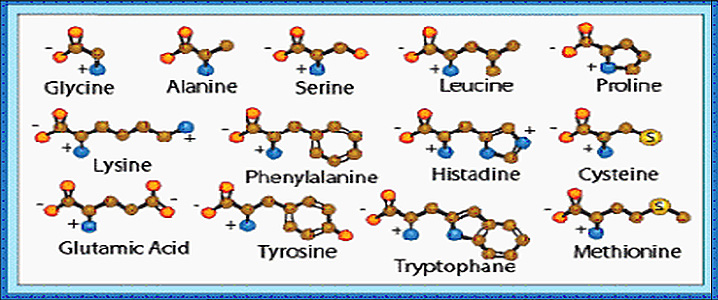Electrodialysis Application
Colloidal Silica Manufacture
Phase Transfer Catalysts Manufacture
Desalination of fruit juice
Removal of tartaric acid from wineDesalination of pharma / chemical intermediates
Desalination of cheese whey
Desalination of soy sauce
Production of amino acids from amino acid salts
Desalination of starch sugar, soybean saccharide, xylose and xylito desalination
Acid recovery from stainless steel pickling effluent
Recovery of electroplating solutions
Production of acid and alkali from inorganic salts/industrial waste streams
Acid recovery of aluminum foil pickling process
Production of organic acid from organic acid salt
Production of amino acids from amino acid salts.

Electrodialysis is used to remove NaCl from the mother liquid for separation of Amino acids. This not only increases the yield of Amino acid but also reduces the cost of waste water treatment & disposal. Since Amino acids are amphoteric electrolytes having carboxylic acid and amino groups in the molecule, their loss during Electrodialysis can be minimised by adjusting the pH value of the feed to the iso-electric point of the amino acid. Desalination of Phenylananine, Amino Glycerin, Threonine, Lysine, 4-Hydroxy Butyrate, Hydroxyphenylglycine, Amino Butyric Acid, Tryptophan, Arginine, Glutamine, Glutamate, Glycine, Cystine, Leucine, Aspartame, Fumarate, Serine and so on.
Threonine desalination:
The Original process using ion exchange resins is replaced by Electrodialysis. The feed material contains about 2%-3% salt, suspended solids, proteins and saccharides. Ultrafiltration prior to ED is recommended.
Phenylananine desalination:
The Original process using ion exchange resins is replaced by Electrodialysis. The feed material contains about 2%-3% Phenylananine, about 2.5% inorganic salt, proteins and pigments.
